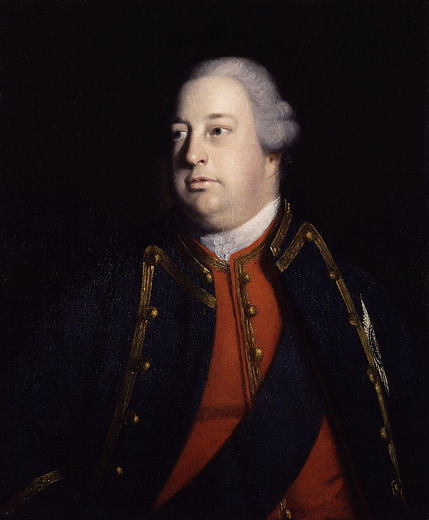
1745 The Highland Catastrophy.
1745 was the year of the great Rebellion led by Charles Edward Stuart, grandson of King James 2 of England & Scotland. Better known as Bonnie Prince Charlie, he raised a huge army of Highland Clansmen, and marched South. Known as The Jacobites, their aim was the restoration of Scotland as an independent kingdom.
The then King George had been poorly advised, to say the least and had withdrawn most Government troops from Scotland, needing them elsewhere. This allowed the Scottish Jacobite army to sweep across Scotland notching up a string of easy victories.
After such success the Jacobites confidence and belief in their invincibility got the better o9f them. Rather than sitting on their gains and negotiating from a position of strength, they decided to take the fight to the English and marched south, heading for London. This was not a good move.
By this time the Government had realised the danger and sent a large army marching North to stop them, this of course being an army of professional, trained and disciplined troops. When the clansmen started to meet these forces the days of easy victories were over. There were a number of indecisive battles that the Scots still won as few Government troops had yet to arrive but they had taken heavy losses and were getting demoralised. They got as far as Derby where they ran into the main English army led by the Duke of Cumberland. They got no further.
From Derby there followed a fighting retreat all the way that they had come, they suffered defeat after defeat along the way. Eventually the Duke of Cumberland had what was left of them, a miserable rag-tag remnant of an army, where he wanted them.
Forced to stand and fight a set-piece battle near Inverness at Culodden Moor, Cumberland totally destroyed them. His orders were to leave no fighting men alive who could ever regroup. He followed his orders, few prisoners were taken and no quarter given.

Prince Charles Edward Stuart.
The man who would be king !

Culodden.

William Augustus. Duke of Cumberland.
By Joshua Reynolds.
The rebellion of 1745 was the nearest the Georgian throne had come to being usurped since the Civil War of the previous century. It was a much closer thing than subsequent events made it seem. The King and governing establishment had been given a serious scare, many troops had been lost and much land ravaged. The aftermath of this defeat was never going to be pretty, the Georgians were not about to kiss and make up.
The Duke of Cumberland is well remembered and vilified for the savage repression that followed. The Scots were to be reduced to a state of reduced population and poverty as to make it impossible for another army to be raised. This fitted in well with the desires of big landowners to enclose their land in the Highlands, get rid of the peasant farmers and make fortunes from Sheep.
The Highland Clearances that followed in the latter part of the 18th Century reduced the population to about a third of the pre-1745 level, most f those left were re-located to the coast or the poorest land.
What happened to the rest? Well huge numbers of men were killed or transported in the fighting and after. Their families were evicted from their villages and left to go somewhere else, emigrate or die, huge numbers emigrated or died.
The repression did not go on for ever, but the population never recovered and remains only half of the pre-45 level to this day. The marginal land that had been cultivated quickly turned to bog or waste once cultivation stopped, making it almost impossible to bring it back into productive use. Socially and economically the Highlands remained far behind the rest of the country until recent years.




